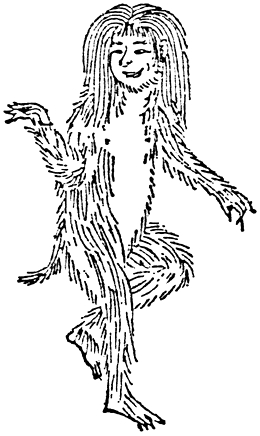
The seas surrounding Japan are dangerous and tempermental. Often, rites are performed to calm them before sea travel. Additionally, these rituals satiate the sea yokai such as funayūrei and umibōzu. Today’s yokai is a lesser known creature of the sea, but just as dangerous. Today we discuss the sinister umizatō, the blind siren of the sea.

Since pre-Edo period, umizatō is described as a biwahōshi (琵琶法師) roaming the seas. Biwahoshi are Japanese bards who share ancient stories through music. Usually they are blind and play the biwa as accompaniment.
However, umizatō is less entertaining and more dangerous. Without sight, he walks the sea with a walking cane. The blind yokai also carries the biwa on his back. Additionally, umizatō taps around noisily, stirring up the waves as he wanders the sea.
Dangerous Waters
Although, umizatō looks harmless, his actions are not. For example, umizatō creates large waves and capsizes the sturdiest ships. Alternatively, he causes shipwrecks by beckoning fishing ships to reefs. Undoubtedly, umizatō is the blind siren of the sea.
But these facts is nothing compared to this next tale. An ancient sea “accident” describes a giant umizatō rising from the seas and swallowed a ship whole. Consequently, only a handful of survivors lived to tell the tale.
Conclusion
Yokai experts say that umizatō are onryō of blind men died at sea. Either by accident or sacrificed to calm choppy seas. Furthermore, umizatō are said to be vindictive towards fishermen at sea. But no reasons were given. Nonetheless, they do not prey on respecful travellers. So, before taking your sea cruise, it doesn’t hurt to say a little prayer before boarding.
Yokai Details
- name: umizatō ( oo-me-zah-toe )
- kanji: 海座頭 (うみざとう)
- meaning: blind man of the sea
- abilities:
- ocean control — the ability to create and shape the oceans and seas
- echolocation — tapping the seas in search of fishing boats and ships


















